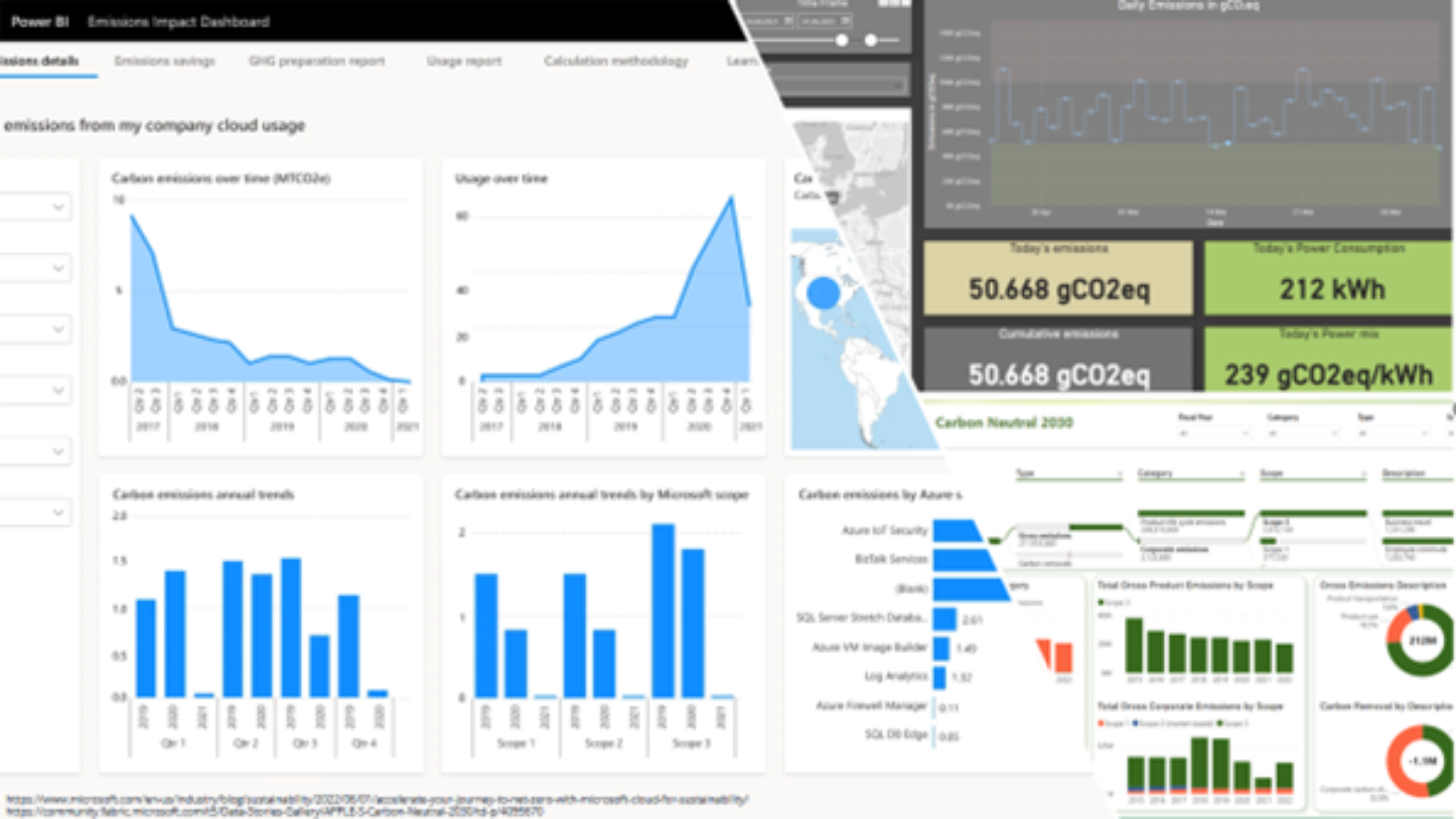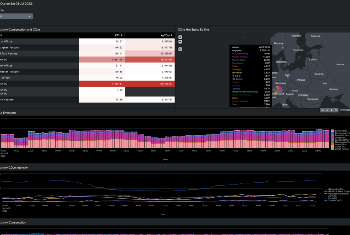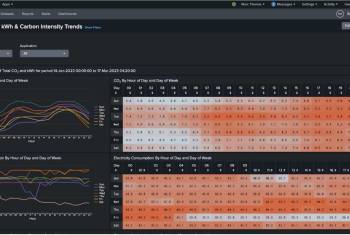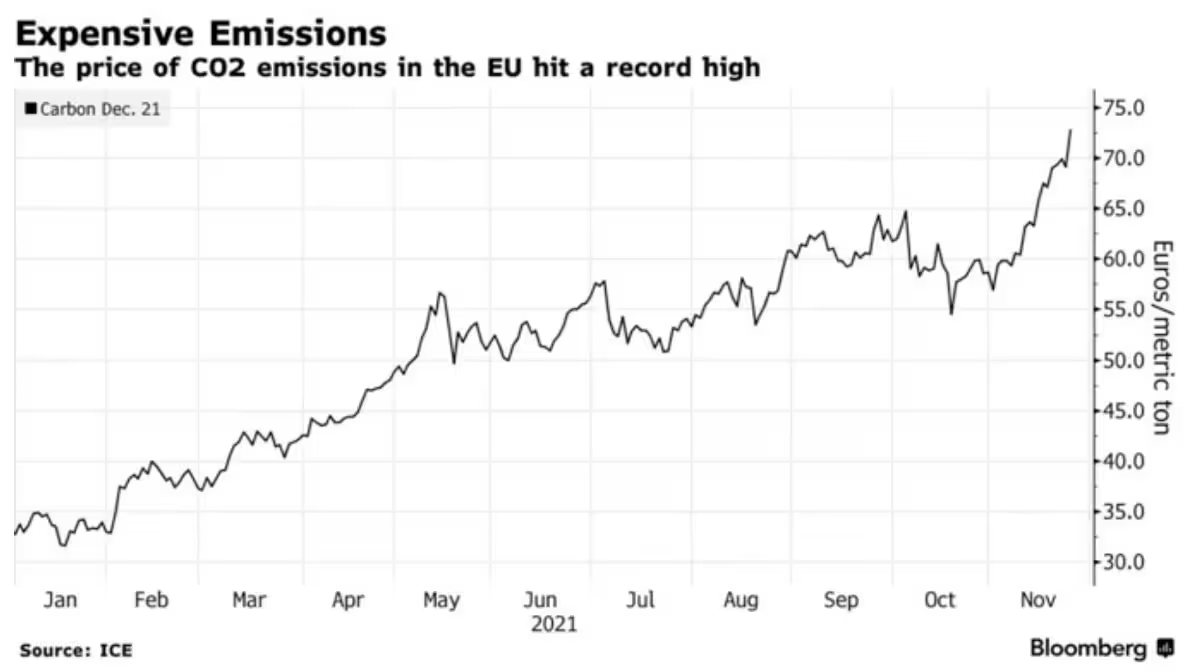Green Data by Consist - Achieving CO2 targets through new approaches to data management
In the interaction between the EU Taxonomy Regulation and the Corporate Sustainability Reporting Directive (CSRD), companies will in future have to report on how sustainable their business activities are.
In order to maintain an overview and manage this as efficiently as possible from the company's point of view, it helps to have a data management system that not only links the right data from the outset, but also provides support right through to reporting.
Our Sustainability Services at a glance
-
Sustainable Data Management
Planning and configuring the data pipeline for your EU CSRD reporting
End to End Data Management -
Decarbonize IT Infrastructure
IT infrastructure savings and reporting with Splunk's Sustainability Toolkit.
Sustainability Toolkit -
Full support by our highly qualified team
Take advantage of our know-how from requirements gathering up to implementation.
OnePager Sustainability Services
Digitization of Sustainability
Gain Insight to your IT Infrastructure Energy and CO2 Footprint
Companies must submit sustainability report
From January 1, 2024, larger companies, and successively smaller ones, will have to implement the new EU Corporate Sustainability Reporting Directive (CSRD).
The focus here is on the so-called scopes - emission categories for greenhouse gases that companies emit in different areas. Together, these result in a company's greenhouse gas balance and thus its carbon footprint. To make this measurable, companies must report the greenhouse gas emissions of Scopes 1, 2 and 3.

As in many digital areas, data is the key to this
Our data science solutions allow you to analyze data from different sources to get a complete insight for your sustainability report:
- Data Engineering: create and prepare a complete and standardized basis for all your individual sustainability reporting (e.g. CO2 emissions, electricity consumption, etc.) - in the cloud or on premise.
- Big Data Analytics: Link and analyze your data of any size and enable detailed insights into e.g. temporal trends or dependencies - in real time or on a fixed schedule.
- Artificial Intelligence: Use state-of-the-art artificial intelligence methods to uncover trends or patterns in your data and identify unrecognized correlations.
- Attractive visualizations: Analyze and visualize your data through intuitive and interactive dashboards for your reports - tailored to your individual needs.
Example dashboard for individual consumption evaluation by location

Gain Insight to your IT Infrastructure Energy and CO2 Footprint
Detect and save emissions
Data plays a key role in this. To gain deep insights into the carbon footprint, especially for IT Infrastructure, Splunk has developed the Sustainability Toolkit:
-
Show trends in CO2 emissions over time, broken down by data center, infrastructure, or application.
-
Identify issues (e.g., emission hotspots or a significant increase in water consumption) to preemptively troubleshoot and meet your goals.
-
Digitize your data collection for CSRD reporting to improve accuracy and efficiency.
-
Visualize progress towards your organization's goals in real-time with trend analysis dashboards and custom executive views.
The Sustainability Toolkit not only provides the required evidence in real-time, but also an informed decision-making basis on where and when activities should be implemented to minimize electricity costs and associated CO2 emissions.
Create real-time analyses easily
Your contact

Joscha Sternadel
Portfolio Manager
phone: +49 431 3993-565
mobile: +49 160 3641810
e-mail: sternadel@consist.de




